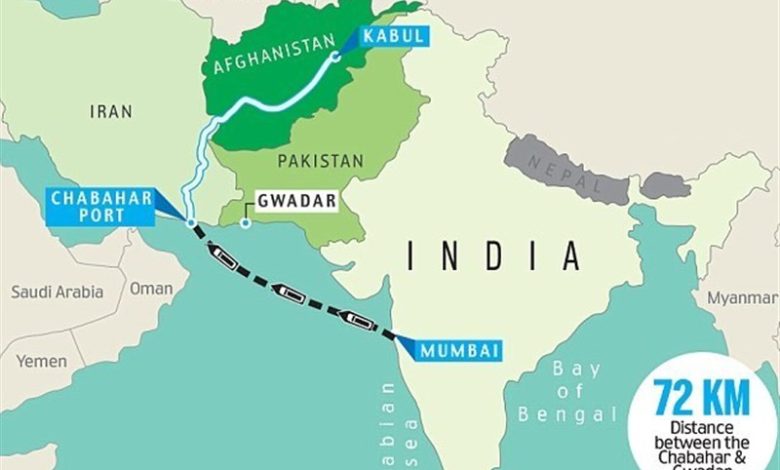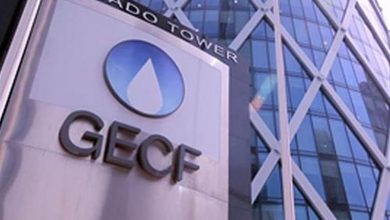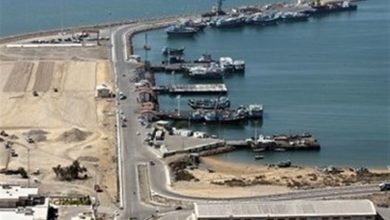**“Chabahar” and Geoeconomic Opportunities: Iran’s Strategic Hub in the Economic Expanse of the Indian Ocean**

According to the news website Sedaye Sama, Chabahar Port, located on the Makran coast, as Iran’s only oceanic port, holds unparalleled potential to redefine the country’s economic position in the Indian Ocean. Its direct access to open waters and its transit position for Afghanistan and Central Asia make this port a strategic geoeconomic asset.
Chabahar is more than just a port; it is a geopolitical and geoeconomic crossroads, simultaneously offering transit, export, and integration opportunities into global value chains. This unique position can bear a significant part of the nation’s economic momentum.
The Makran coast has capacities beyond transportation. Experience-based tourism, downstream energy industries, fisheries, processing industries, and logistics can each serve as engines for employment and added value. Realizing these potentials, however, requires railway connectivity, completion of supply chains, and smart policymaking.
Maritime development cannot be sustainable without considering the environment and local communities. Coastal and marine ecosystems, the livelihoods of local populations, and climate resilience must occupy a central role at all stages of development. Local participation and adherence to environmental standards are prerequisites for the legitimacy of any project.
Chabahar’s key advantage is its direct access to open waters and its transit position. However, structural weaknesses such as incomplete railway connectivity and limited local supply chains reduce its operational advantage compared to competitors like Gwadar, Jebel Ali, and Salalah.
Regional competitors each have unique features. Gwadar develops with China’s investment under the CPEC framework but faces security challenges. Jebel Ali and Salalah are established hubs with extensive transshipment capacities. In this context, Chabahar must convert its geographical advantage into a sustainable competitive edge.
The Chabahar–Zahedan railway connection is a milestone. It reduces transit costs to Afghanistan and Central Asia and makes Chabahar a more attractive option for regional trade. In the long term, this line could redirect international goods flows toward Chabahar.
Foreign investment in Chabahar, particularly with India’s participation, is a practical reality. Ten-year contracts over recent years have established a framework for stability. However, diversifying investment sources and incorporating environmental and social conditions into contracts are essential to ensure sustainable development.
From an environmental perspective, Chabahar should learn from ports such as Jebel Ali and focus from the outset on global standards for waste management, treatment, and protection of sensitive ecosystems. Otherwise, future reconstruction costs and social damages could be significant.
The operational development plan for Chabahar should be built around three pillars: infrastructure (rail and logistics connectivity), industrial clusters in the port’s hinterland, and trained human capital. This triad can transform the port from a simple unloading point into a multidimensional economic hub.
Sustainable development is possible only when an organic link forms between the port, the environment, and local communities. Protecting natural resources, promoting sustainable tourism, and involving local communities in decision-making will guarantee the survival of this national project.
Today, Chabahar represents Iran’s national strategy. By leveraging its geographic position, making smart investments, and applying scientific policymaking, it can become a showcase of Iran’s modern development and a connecting link between the national economy and global value chains.







